Create a Moving Binder
Set up a moving binder early on. Use a physical three-ring binder or a digital folder on a cloud storage service. This binder will be your command center for the move.
What To Include:
- Estimates: Collect at least three quotes from moving companies. Add them to your binder.
- Receipts: Keep all moving-related receipts in one place. You'll appreciate this during tax season.
- Inventory List: Make a list of items you're moving. Include item categories and box numbers. Consider taking photos of packed boxes.
- To-Do List and Timeline: Create a timeline of tasks, prioritized by urgency.
Sample Timeline:
- 8 Weeks Before: Get quotes, start sorting belongings
- 6 Weeks Before: Begin packing non-essentials, book movers
- 4 Weeks Before: Finish major packing, start minor repairs
- 2 Weeks Before: Notify service providers, finalize travel plans
- 1 Week Before: Pack essentials, prepare appliances
How to organize:
- Color-coded Tabs: Use different colors for each section to help you navigate quickly.
- Plastic Sleeves and Pockets: Keep documents neat and protected with plastic sleeves and pockets.
- Digital Backups: Scan important documents and save them online for extra security.
Final Touches
- Contact Information: Include a list of important phone numbers.
- Measurements and Layouts: Add room measurements and simple layouts of your new place.
- Moving Day Essentials List: Create a list of items to keep with you during the move, like chargers and medications.
Your moving binder will be a valuable tool in keeping your move organized and stress-free.
Research and Hire Movers
Start your mover search early. Get recommendations from friends and family, and research local companies online. Aim for at least three quotes to compare.
Ensure any mover you consider is licensed and insured. Check their USDOT number on the U.S. Department of Transportation's website.
Ask detailed questions about their services and fees. Clarify their:
- Cancellation policy
- Mileage charges
- Extra costs for stairs or long carries
Book your chosen movers about two months in advance to secure your preferred date and potentially get a better rate.
Consider additional services like packing, unpacking, or furniture assembly if they're offered.
Remember, the best moving company balances great reviews with reasonable prices. A good match might cost more, but it's worth it for a smoother move.
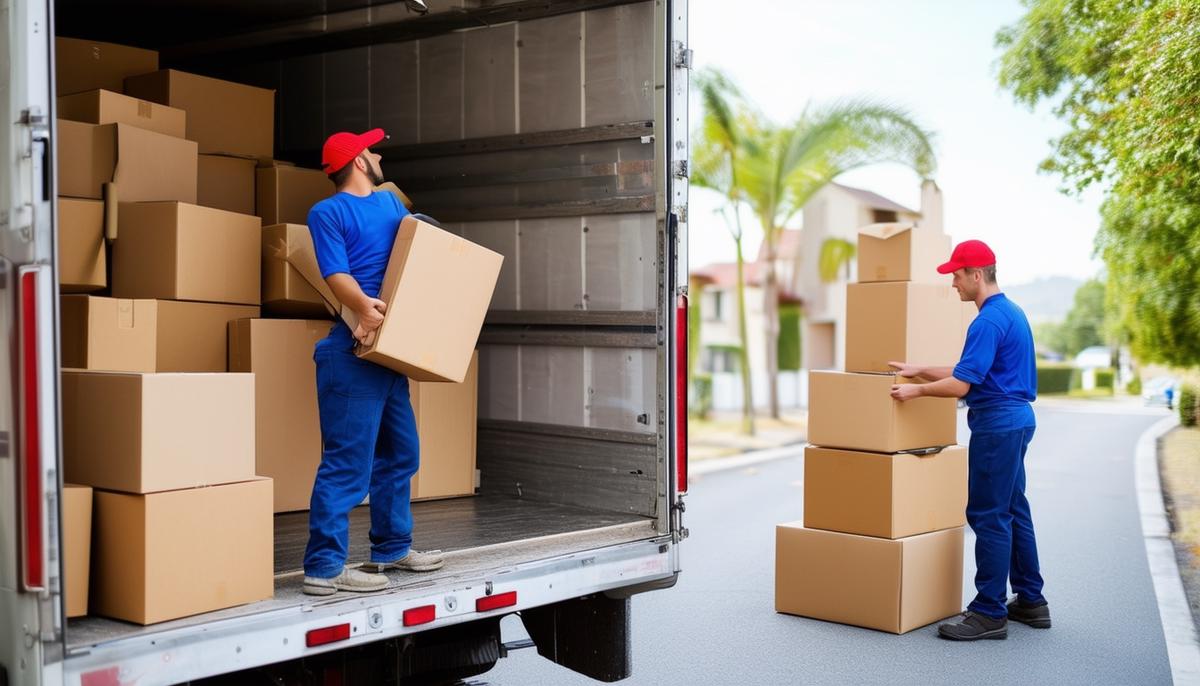
Declutter and Downsize
Decluttering before your move can make the process easier and more cost-effective. Go through each room and sort items into three categories:
- Keep: Essential items and things you love that will fit in your new home.
- Sell: Valuable items you no longer need. Use online platforms or consider a garage sale.
- Donate: Gently-used items that others could benefit from. Local charities are often happy to accept these.
Focus on overlooked areas like the pantry, closets, and basement. Be honest with yourself about what you really need and use.
For sentimental items, consider taking photos to preserve memories without keeping the physical object.
"Decluttering not only saves on moving expenses but also allows you to start fresh in your new home with just the essentials. It's a great way to prepare for your new adventure!"

Start Early Packing
Begin packing well in advance, starting with items you use least often. This keeps your home functional while making progress on your move.
Packing Tips:
- Organize with a color-coding system. Assign a color to each room and mark boxes accordingly.
- Label boxes specifically, like "Baking Supplies" instead of just "Kitchen".
- For electronics, take photos of how things are set up before disconnecting.
- Use bubble wrap for fragile items and double-tape the bottom of boxes for extra security.
- Add a fun touch by hiding a small surprise or encouraging note in each box.
Pro Tip: Starting early and staying organized will lead to a calmer moving experience. You're doing great – keep up the momentum!

Set Up Utilities and Services
Connecting your new home with essential services is crucial for a smooth transition. Here's what you need to do:
Electricity
- Contact provider 2-3 weeks before moving
- Have ready: new address, move-in date, ID
- Be prepared for potential security deposit
Water
- Contact local water company around same time as electricity
- Ask if water is bundled with sewer services
Internet
- Book appointment with ISP a few weeks in advance
- Aim for installation 2 days before move-in
- Especially important for remote workers or streaming enthusiasts
Pro tip: Ask about bundles or specials when setting up services. You might snag a good deal!
For apartment dwellers or those in HOA-governed homes, check for specific utility provider requirements or recommendations.
By tackling these tasks early, you're ensuring a seamless transition. Soon, everything will be set up perfectly in your new home!
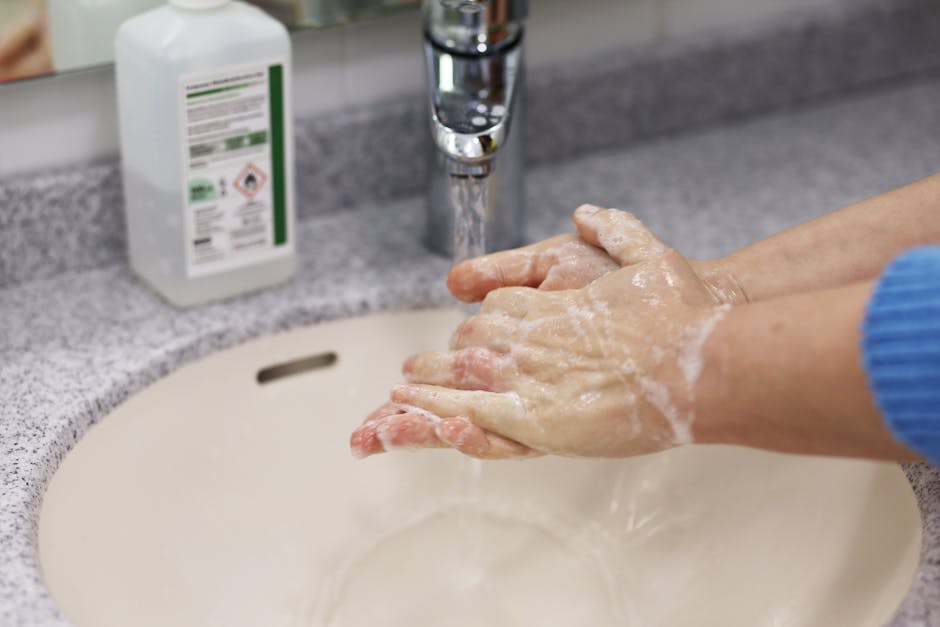
Notify Service Providers
Don't miss important communications due to your address change. Here's who to notify:
- Bank: Update online or visit local branch
- Credit card companies: Avoid missed payments or credit score issues
- Subscriptions: Change delivery address or pause if needed
- Mobile carrier
- Insurance providers
- Student loan servicer
- Streaming services
- Frequent flyer accounts
Set Up USPS Mail Forwarding
This service catches anything you might have missed:
- Visit USPS website to set up
- Quick and inexpensive
- Covers you for up to a year
With these updates in place, you've eliminated a big chunk of moving stress. Now you can focus on the fun stuff—decorating, hosting housewarming parties, and building a life in your new home!
Pack an Essentials Box
Your essentials box is your moving day superhero. It contains everything you need for the first day or two in your new home, saving you from digging through countless boxes for necessities.
What to Include:
- Toiletries: Toothbrush, toothpaste, soap, shampoo, deodorant, toilet paper, daily medications
- Clothes: A couple of changes, including comfortable unpacking attire and practical options. Don't forget undergarments and socks!
- Tech essentials: Phone and laptop chargers, power strip
- Kitchen basics: Few plates, cups, and utensils. Coffee maker for caffeine enthusiasts. Pack some ready-to-eat snacks too.
- Cleaning supplies: Paper towels, multi-surface cleaner, trash bags
- First-aid kit: Include daily medications and pain relievers
- Pet supplies: Food, bowls, and a toy or two for furry friends
Think of this box as what you'd pack for a weekend getaway. With it by your side, you'll be ready to face your new adventure head-on, no matter which of your many boxes contains your kitchen blender!
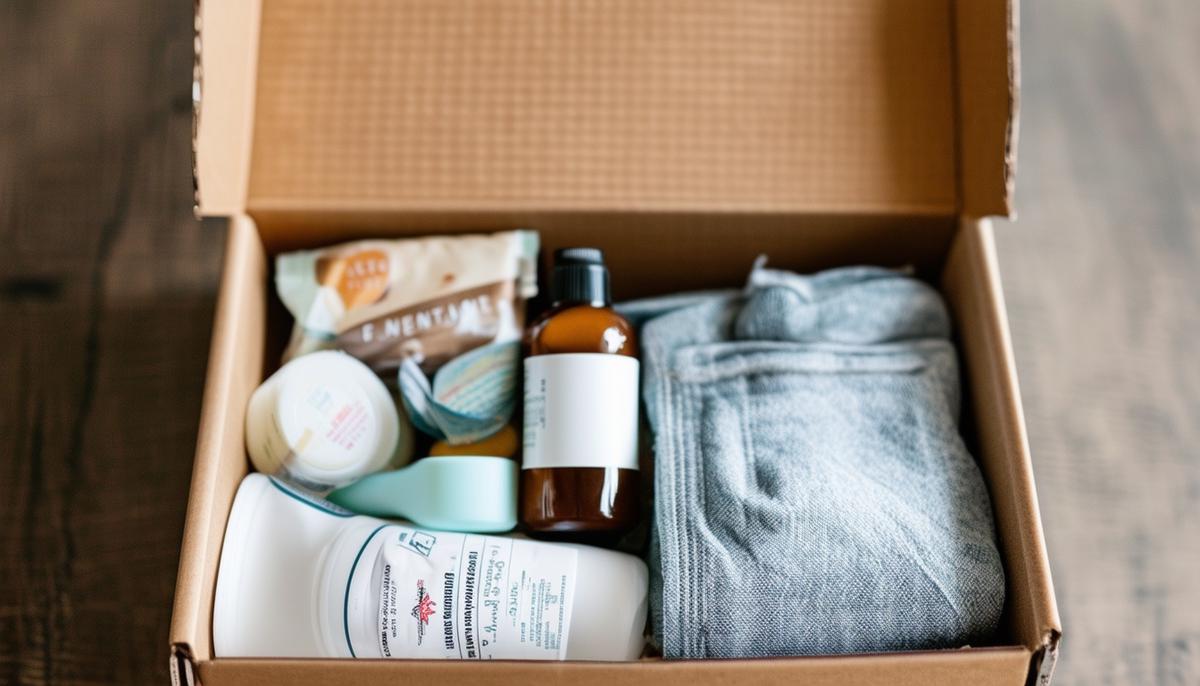
Confirm Final Details
As moving day approaches, it's time for your moving day dress rehearsal. Here's what to do:
Reconfirm Moving Arrangements
- Call your moving company
- Verify arrival time, number of movers and trucks
- Confirm any special instructions
Double-check Utilities
Ensure electricity, water, and internet are scheduled to be turned on the day before your move, if possible.
Review Your Moving Binder
- Check off every item on your to-do list and timeline
- Glance over your inventory list
Do a Thorough Walkthrough
Old place: Ensure nothing's left behind and all rooms are in good condition.
New place: Verify measurements and look for anything that needs fixing or could complicate your move.
Don't overlook the essentials—keys, documents, and that all-important bag of necessities should be ready and waiting.
With everything confirmed, you're all set to tackle this move head-on and enjoy the adventure of turning your new house into a home. You've got this!
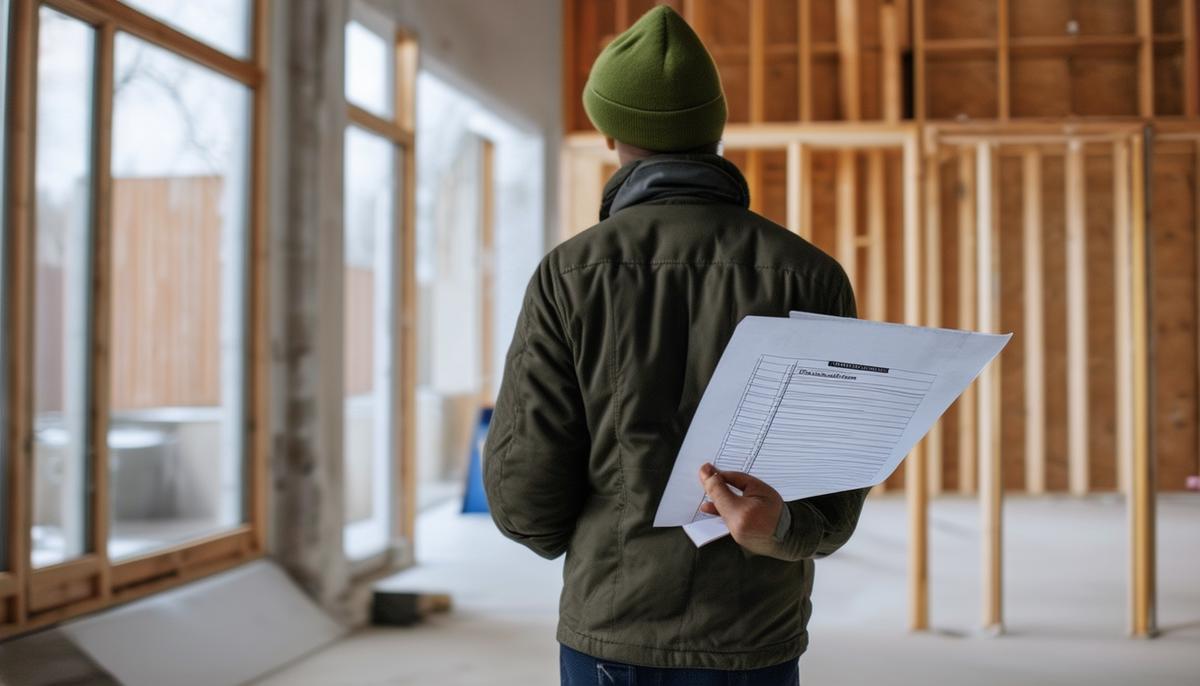
Moving Day Best Practices
Moving day has arrived! With your moving binder and thorough preparation, you're set for success. Let's make this day go smoothly by following some best practices:
- Protect your floors: Use floor protectors or thick blankets to create paths for heavy boxes and furniture. Plastic floor runners work well for hardwood flooring.
- Be the guide: When the truck arrives, direct traffic and ensure everything goes to the right place. Professional movers will appreciate clear directions.
- Set up a staging area: Designate a space for large furniture and boxes that need unpacking first. Use your color-coded system to ensure each box goes to its designated room.
- Check off your inventory: As items come in, mark them off your list. This helps you quickly spot if anything is missing or damaged.
- Personally escort valuables: Take charge of fragile or precious belongings yourself.
- Measure doorways: Avoid issues with large furniture by measuring paths beforehand. Disassemble bulky items if needed, keeping hardware in labeled bags taped to the furniture.
- Stay hydrated and fed: Offer refreshments to the moving team – it keeps energy levels up and spirits high.
- Inspect as you unpack: Unwrap and check boxes as they arrive. Keep records of any damages for insurance purposes.
Keep calm and stay organized. You've planned carefully, now it's time to execute. As the last box finds its place, take a deep breath. You've turned a potentially hectic day into a triumph of planning. Enjoy that celebratory pizza – you've earned it!
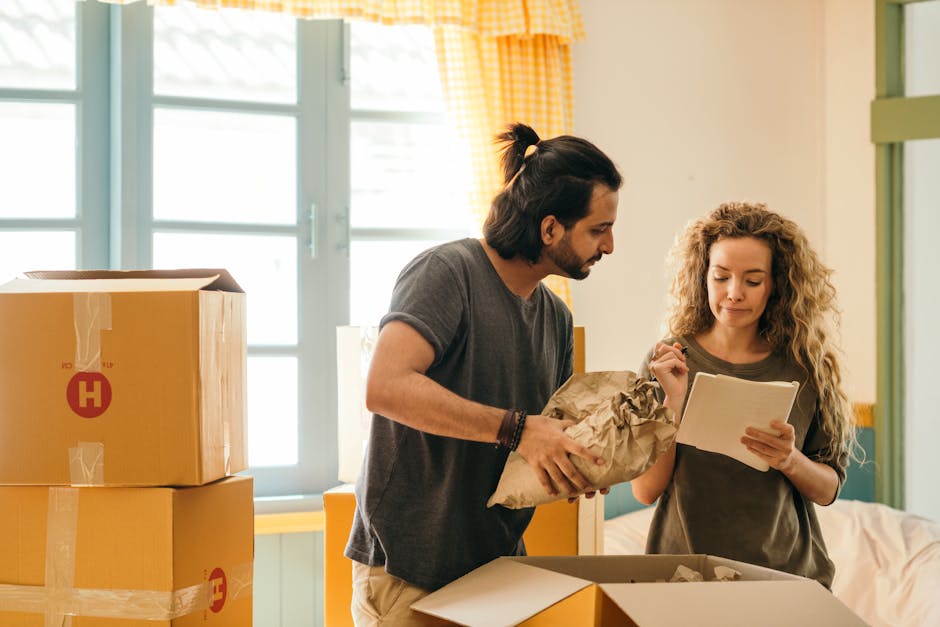
Unpack and Settle In
Now that you've survived moving day, it's time to tackle unpacking and settling in. Let's make this process as enjoyable as possible:
- Start with essentials: Focus on sleeping, eating, and bathing areas first. Set up your bed – a made bed instantly gives the room a sense of order. Next, unpack bathroom toiletries and kitchen basics.
- Work room by room: Begin with the living area. Place furniture first, then unpack boxes. Clean surfaces before placing items on them to start fresh in your new space.
- Keep decluttering: Have a trash bag and donation box handy as you unpack. This is a great opportunity for a second round of decluttering.
- Tackle closets: Unpack closet essentials next, then move on to decor. Hanging artwork and arranging cherished items will help make the space feel like home.
- Take breaks: Remember, Rome wasn't built in a day, and your new home won't be either. Stay hydrated and snack as needed.
- Invite friends: Consider having friends over once your living room is somewhat set up. They can bring fresh perspectives (and maybe a bottle of wine or two).
Enjoy this process of building your new home. Light some candles, play your favorite tunes, and celebrate your progress. You're doing great!

In the grand scheme of moving, staying organized is key. A well-prepared moving binder and a solid plan will make all the difference. With every detail in place, you can turn potential chaos into a smooth transition to your new home. Here's to making your move as seamless and enjoyable as possible!
"The secret of change is to focus all of your energy not on fighting the old, but on building the new." – Socrates

